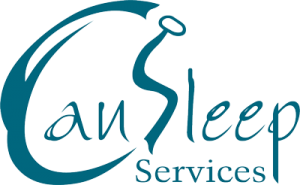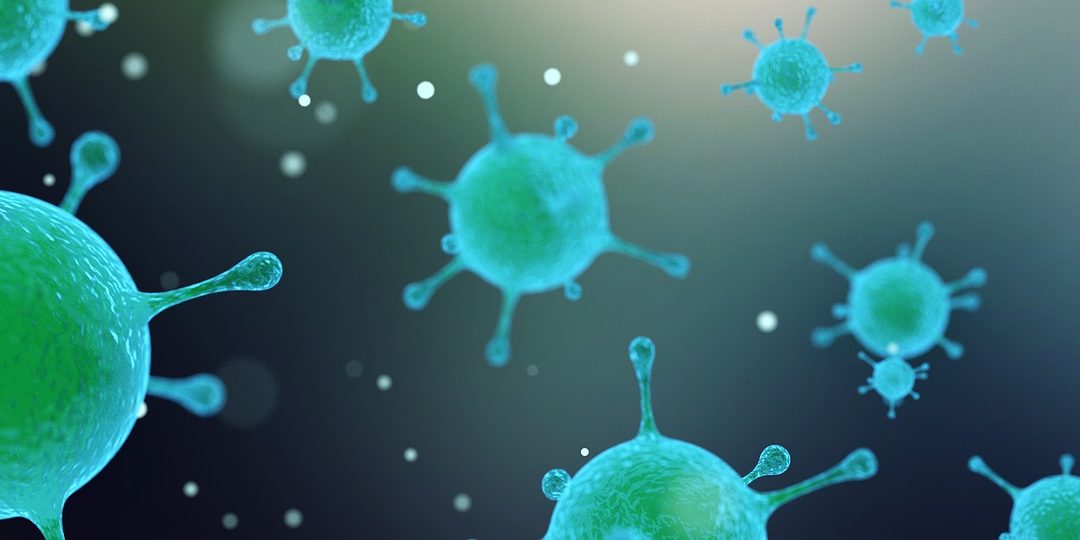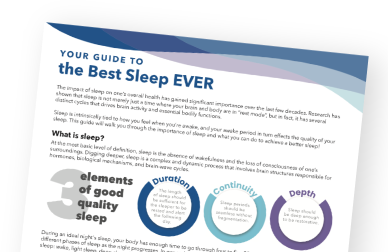If you are using CPAP (Continuous positive airway pressure) therapy to treat your sleep apnea, it is critical to understand the importance of cleaning and know when it is time to replace your CPAP mask.
Your CPAP mask starts out germ-free, however over time you will introduce bacteria that will grow out of control if not cleaned. Moreover, a heated humidifier and tubing creates a warm, moist environment – perfect for fungus, yeast and mold. Transferring viruses to the surface of your CPAP mask and then wearing the mask, makes for an easy way to become vulnerable to illness.
Obtaining a good seal between the CPAP mask interface and your skin is important to help you get the benefits of continuous airflow. Although daily cleaning is necessary, the best way to assure a good seal is to change your supplies on a regular basis. Disposable supplies lose their ability to be cleaned, resulting in bacteria build-up, stiffness of flexible silicon mask seals, and clogged filters. New tubing, filters and humidifier chambers also keep your therapy in top notch condition, while reducing the potential for bacteria growth.
What the Research Says
A 2009 study at Harvard University, by Dr. Alex Horowitz, Dr. Sandra Horowitz and Dr. Chinhak Chun showed that over time, CPAP masks, even when cleaned and taken care of regularly, contain high amounts of bacteria colonies and fungus.
The study looked at CPAP masks, hoses and humidifiers and concluded that 48 per cent of the CPAP masks tested contained more than 2000 bacteria colonies after 48 hours. Swabs were taken from the interface (where the mask seals to your face) of the mask and at the base of the hose and humidifier. These swab samples were then tested for bacteria colony counts 24 and 48 hours later.
What they found was, there is a correlation between older masks and higher amounts of bacteria, no matter how often or well the mask was cleaned. Because of this, experts recommend replacing the mask and hose at least once every six months to guard against bacteria build up.
While none of the people in the study said they had become ill more often since starting CPAP therapy, eight complained of being more susceptible to nasal congestion.
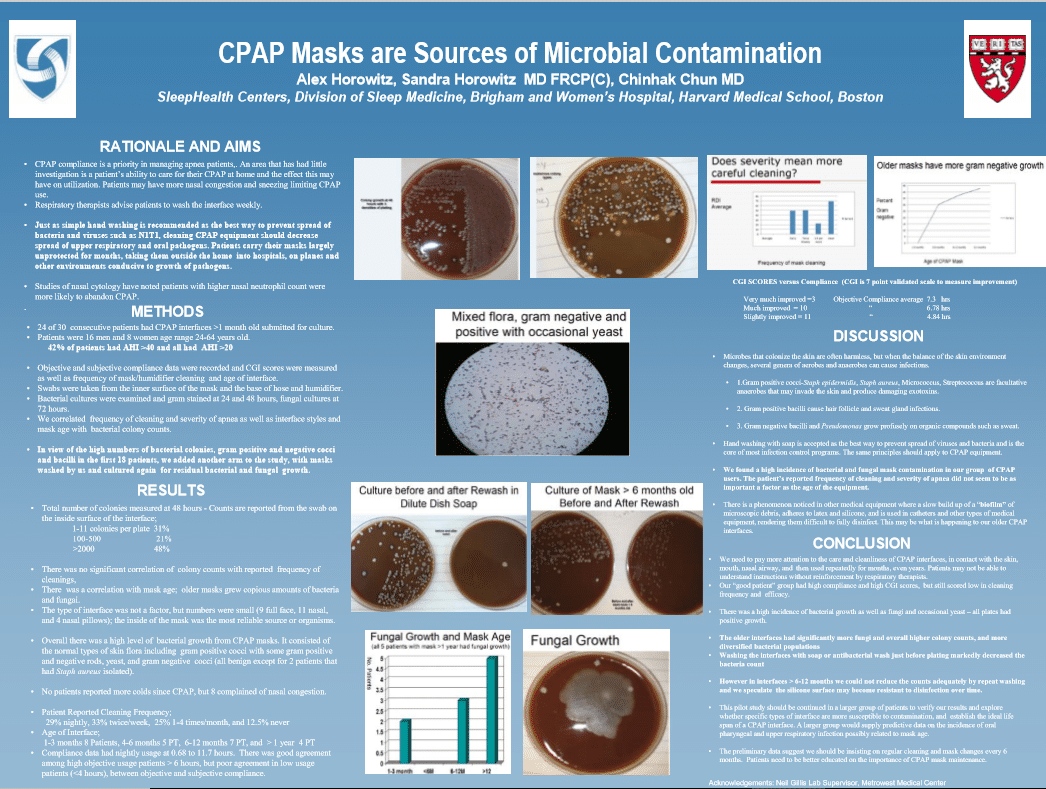
Reduce your Risk
- Wash your mask and equipment regularly with mild detergent or soap specifically for CPAP masks and equipment.
- Use a device that sanitizes CPAP equipment such as The Lumin.
- Replace your CPAP mask at least every 6 months.
- Do not let water or moisture remain in the equipment for prolonged periods (more than a few days unused) and use a heated humidifier and heated tubing to reduce condensation. If you decide to stop using the treatment for longer than a few days, clean and dry it out completely.
- Use distilled water in the humidifier to reduce your risk of infection. This can also avoid the accumulation of minerals inside the water chamber.
- Do not share your equipment with others to prevent the spread of infection. Do not purchase or accept used masks and tubing.
What is the Lumin Sanitization Device?
The Lumin is the easiest and fastest way to sanitize CPAP masks and accessories. With a push of a button, germs and bacteria are obliterated in just 5 minutes. This bonus is that this device can be used to sanitize other items such as keys, toothbrushes, cellphones, toys, etc.
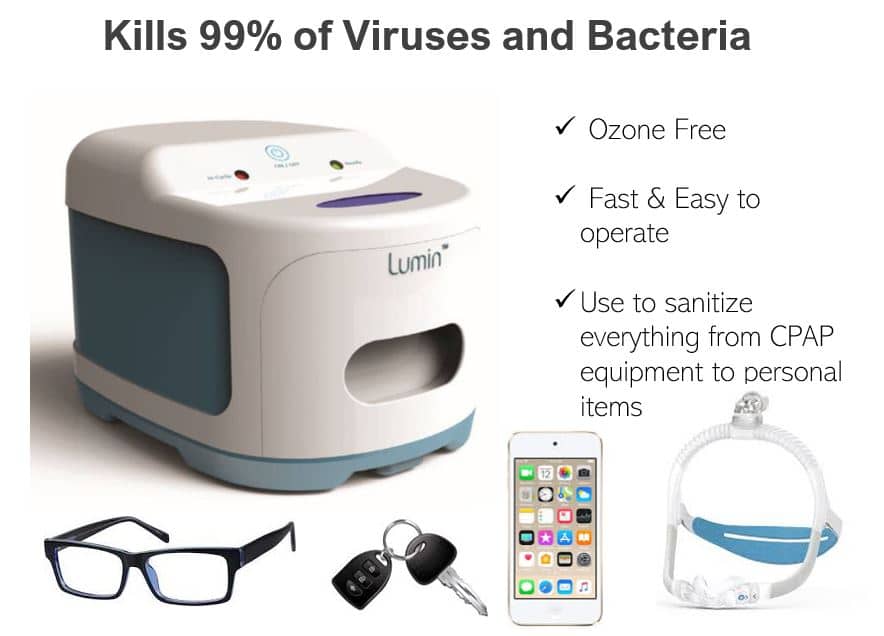
Aveiro Sleep provides Home Sleep Apnea Testing, CPAP therapy and support services catered to obstructive sleep apnea. Our local clinics allow us to test, treat, and support thousands of Albertans close to their homes.
Call now to speak to a Patient Success Coordinator 1-855-852-2989 or contact us through our online form.


